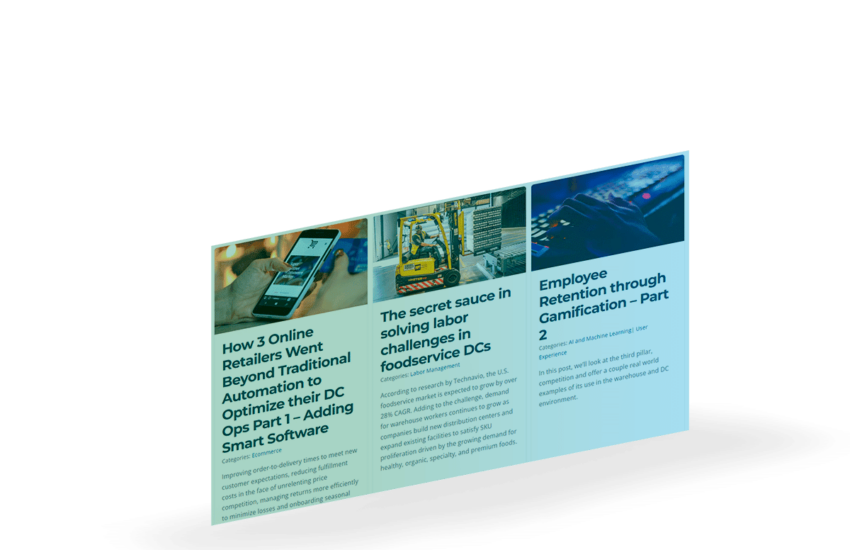Optimalizovat soutěžní návraty
In today’s highly competitive market, companies are constantly seeking ways to optimize their operations and enhance their competitive edge. One of the key areas that businesses often overlook is their return on investment (ROI) from various strategies. Optimizing competitive returns is crucial not only for sustaining profitability but also for achieving long-term growth. This article will delve into effective methods for optimizing competitive returns, addressing critical strategies, and providing insights into measuring and evaluating return on investments.
Throughout this article, we will cover the following primary sections:
- Understanding Competitive Returns
- Key Strategies for Optimizing Returns
- Metrics for Measuring Competitive Success
- Case Studies of Successful Optimization
- Common Pitfalls in Competitive Optimization
- The Role of Technology in Optimization
- Conclusion and Future Considerations

Understanding Competitive Returns
To truly optimize competitive returns, it’s essential to understand what competitive returns are and how they are measured. Competitive returns refer to the profit and value generated from specific business strategies compared to competitors in the same market.
What constitutes Competitive Returns?
At its core, competitive returns are influenced by various factors, including pricing strategies, product differentiation, cost control, and market positioning. Understanding these elements is crucial for organizations aiming to gain a foothold in their respective industries.
The Importance of ROI
Return on Investment (ROI) is a vital metric that helps businesses assess the efficiency of their investments. A well-optimized ROI indicates that a company is operating efficiently and effectively utilizing its resources. Therefore, optimizing competitive returns involves focusing on maximizing ROI through informed business decisions.
Key Strategies for Optimizing Returns
There are several strategies businesses can implement to optimize their competitive returns. Each strategy offers unique benefits and can be tailored to fit the specific needs of an organization.
1. Pricing Strategies
A well-thought-out pricing strategy can significantly impact competitive returns. Companies must evaluate their pricing models, ensuring they align with market demand while remaining competitive. Implementing dynamic pricing or offering tailored pricing packages can enhance customer acquisition and retention.
2. Market Segmentation
Identifying and targeting specific market segments can lead to higher returns. By understanding the diverse needs of customers, businesses can tailor their products and marketing strategies to achieve better results. Segmentation allows for more precise targeting, leading to increased sales.
3. Innovation and Product Development
Investing in innovation and product development is essential for maintaining a competitive edge. By consistently refining products and introducing new offerings, businesses can create additional revenue streams and attract a broader customer base.
4. Cost Reduction Techniques
Reducing operational costs without sacrificing quality is a cornerstone of optimizing competitive returns. Implementing lean methodologies and adopting efficient supply chain practices can help minimize costs and boost profitability.
5. Marketing Effectiveness
Optimizing marketing strategies to align with target audiences can enhance returns significantly. Utilizing data analytics to track campaign performance and customer engagement can help businesses refine their marketing efforts, increasing conversions.
Metrics for Measuring Competitive Success
To determine the effectiveness of optimization strategies, businesses must track various metrics that provide insights into competitive success. These metrics not only indicate profitability but also highlight areas requiring improvement.
1. Conversion Rates
Tracking conversion rates helps businesses understand how effectively they turn leads into customers. Higher conversion rates typically indicate successful marketing and sales strategies.
2. Customer Lifetime Value (CLV)
CLV is a powerful metric that estimates the total value a customer brings throughout their relationship with a business. Understanding CLV can inform pricing and marketing strategies, allowing organizations to focus on higher-value customers.
3. Net Promoter Score (NPS)
NPS measures customer satisfaction and loyalty by assessing the likelihood of customers recommending a business to others. A higher NPS indicates stronger customer relationships, leading to sustainable competitive returns.
Case Studies of Successful Optimization
Examining real-world success stories can provide valuable insights into effective competitive return optimization strategies. Companies that have successfully implemented these strategies often showcase improved ROI and market share.
1. Company A: Leveraging Technology for Pricing Optimization
Company A adopted advanced pricing algorithms that adjusted prices based on demand and competitor pricing. This strategy led to a 15% increase in sales volume while maintaining profit margins.
2. Company B: Market Segmentation
Company B identified that not all customer segments were treated equally, leading to inconsistent returns. By focusing on specific segments and customizing their offerings, Company B increased overall market share by 20%.
Common Pitfalls in Competitive Optimization
While optimizing competitive returns is crucial, several common pitfalls can undermine these efforts. Being aware of these issues can help businesses avoid costly mistakes.
1. Overlooking Customer Needs
Neglecting customer feedback and preferences can lead to ineffective strategies. Organizations must continuously engage with customers to stay informed about their needs.
2. Ignoring Competitor Actions
Not monitoring competitor moves can result in missed opportunities or increased vulnerability. Businesses should remain proactive in assessing the competitive landscape to adapt their strategies accordingly.
The Role of Technology in Optimization
In today’s digital age, technology plays a pivotal role in optimizing competitive returns. Leveraging various technological tools and platforms can streamline processes, further enhancing profitability.
1. Data Analytics
Utilizing data analytics allows businesses to make informed decisions based on quantitative insights. Analyzing customer behavior and market trends enables better targeting and product development.
2. Automation
Automating repetitive tasks can lead to cost savings and increased efficiency. Companies can reallocate resources to higher-value activities that contribute to strategic goals.
Conclusion and Future Considerations
Optimizing competitive returns is not a one-time task, but an ongoing process that requires vigilance and adaptation. By understanding the key strategies, tracking relevant metrics, and leveraging technology, businesses can significantly enhance their ROI and sustain competitive advantages.
As companies continuously navigate evolving market conditions, they must remain agile in their approaches. Future considerations might include the further integration of artificial intelligence in decision-making processes and exploring new market trends that could offer fresh opportunities for competitive returns.
For more insights on related topics, check out this article and this comparison.
